Related Research Articles
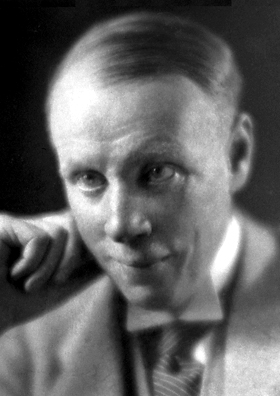
Harry Sinclair Lewis was an American writer and playwright. In 1930, he became the first writer from the United States to receive the Nobel Prize in Literature, which was awarded "for his vigorous and graphic art of description and his ability to create, with wit and humor, new types of characters." He is best known for his novels Main Street (1920), Babbitt (1922), Arrowsmith (1925), Elmer Gantry (1927), Dodsworth (1929), and It Can't Happen Here (1935).

Newton Diehl Baker Jr. was an American lawyer, Georgist, politician, and government official. He served as the 37th mayor of Cleveland, Ohio from 1912 to 1915. As U.S. Secretary of War from 1916 to 1921, Baker presided over the United States Army during World War I.
Charles B. Wheeler Downtown Airport is a city-owned, public-use airport serving Kansas City, Missouri. Located in Clay County, this facility is included in the National Plan of Integrated Airport Systems, which categorized it as a general aviation reliever airport.

Harold Witter Bynner, also known by the pen name Emanuel Morgan, was an American poet and translator. He was known for his long residence in Santa Fe, New Mexico, and association with other literary figures there.

Roosevelt Field is a former airport, located 2.3 miles (3.7 km) east-southeast of Mineola, Long Island, New York. Originally called the Hempstead Plains Aerodrome, or sometimes Hempstead Plains field or the Garden City Aerodrome, it was a training field for the Air Service, United States Army during World War I.

The Yale Record is the campus humor magazine of Yale University. Founded in 1872, it became the oldest humor magazine in the world when Punch folded in 2002.

Lieutenant General James Guthrie Harbord was a senior officer of the United States Army and president and chairman of the board of RCA.

Edmund Louis "Snitz" Gruber was an artillery officer and general in the United States Army who also gained popularity as composer of military music. He served as Commandant of the Command and General Staff College from October 1940 to May 1941.

John Reinhold "Chief" Bender was an American football player and coach of football, basketball and baseball. He served as the head football coach at Black Hills State University (1905), Washington State University, Haskell Indian Nations University (1908–1909), St. Louis University (1910–1911), Kansas State University (1915), and the University of Tennessee (1916–1920), compiling a career record of 67–32–7. He is one of the few college football head coaches to have non-consecutive tenure at the same school. Bender was also the head basketball coach at Washington State (1907–1908) and Tennessee, and the head baseball coach at Washington State and Tennessee.
Richards Field was the first airport in the Kansas City metropolitan area.

Homer Woodson "Bill" Hargiss was an American athlete and coach. He played American football and basketball and also competed in track and field events. Additionally, Hargis coached athletics in Kansas and Oregon. As an American football coach during the sport's early years, Hargis was an innovator. He was among few coaches in using the forward pass and the huddle, now staple features of the game.
Walter Lynwood Fleming (1874–1932) was an American historian of the South and Reconstruction. He was a leader of the Dunning School of scholars in the early 20th century, who addressed Reconstruction era history using historiographical technique. He was a professor at Vanderbilt University from 1917 through his career, also serving as Dean of the School of Arts and Sciences, and Director of the Graduate School. A prolific writer, he published ten books and 166 articles and reviews. The son of a plantation owner who had slaves, Fleming was sympathetic to White supremacist arguments and Democratic Party positions of his era while critical of Republicans and Reconstruction.
Robert Hugh Ferrell was an American historian and a prolific author or editor of more than 60 books on a wide range of topics, including the U.S. presidency, World War I, and U.S. foreign policy and diplomacy. One of the country's leading historians, Ferrell was widely considered the preeminent authority on the administration of Harry S. Truman, and also wrote books about half a dozen other 20th-century presidents. He was thought by many in the field to be the "dean of American diplomatic historians", a title he disavowed.
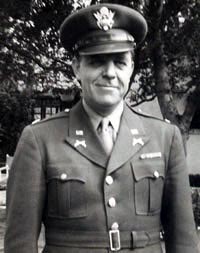
Lewis Byington Ford was a Monterey Peninsula real estate developer. He was a major force in developing Pebble Beach and Carmel Woods. Ford established the Carmel Valley Airport, the first airpark of its kind in the United States, and developed a nearby business district. He created the Carmel Realty Company, was a cartoonist, poloist, baseball player, coach in the Carmel Abalone League, and acted in and directed over 45 plays. Ford was a major part of the social circle and society leader in the Monterey Peninsula. His ancestry dates back to the French Huguenots.
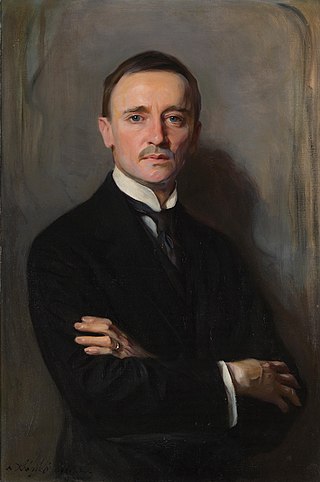
William Richards Castle Jr. was an American educator and diplomat. He rose rapidly to the highest levels of the United States Department of State and took a strong interest in Pacific issues, in part because of his family's background in Hawaii.
Greayer "Grubby" Clover was an American aviator in the First World War. He was the namesake for Clover Field, the original name of Santa Monica Airport in Santa Monica, California.
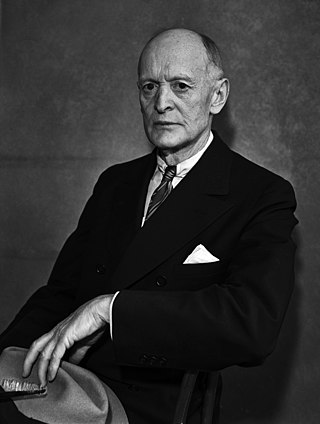
Herbert Jay Brees was a lieutenant general in the United States Army.

Lionel de Jersey Harvard was a young Englishman who, discovered to be collaterally descended from Harvard College founder John Harvard, was consequently offered the opportunity to attend that university, from which he graduated in 1915. The first Harvard to attend Harvard, he died in the First World War less than three years later, leaving a wife and infant son.
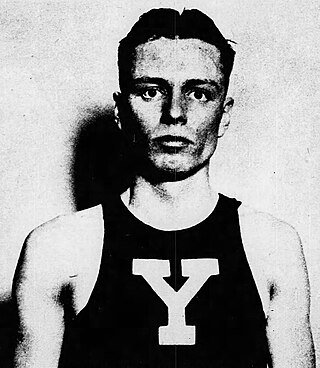
John Williams Overton, also known as Johnny Overton, was an American middle-distance runner and soldier who was killed in action in World War I. He was a national champion track and cross country runner at Yale University and joined the United States Marine Corps after his graduation in 1917. In track, he set the world records for the indoor mile run and indoor 1,000-yard distance in 1917. He was also the college cross country champion in 1915 and 1916.

Robert M. Danford was an American military leader. A career officer in the United States Army, he served in both World War I and World War II, and attained the rank of major general. His notable assignments included Commandants of Cadets at the United States Military Academy and Chief of Field Artillery.
References
- ↑ "Search results | KC History". Archived from the original on 2016-03-03. Retrieved 2008-09-23.
- ↑ "John Francisco Richards, II". Obituary Record of Yale Graduates 1918-1919. New Haven: Yale University. August, 1919. p. 1101.
- ↑ War diary and letters of John Francisco Richards II, 1917-1918 - Lechtman printing Co (1925)